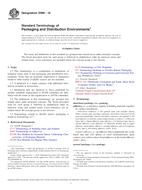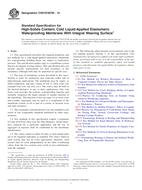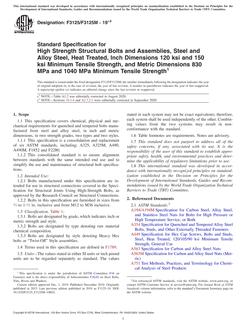1.1 This test method covers the determination of the number of atoms of Cs in aqueous solutions of irradiated uranium and plutonium nuclear fuel. To minimize interference from short-lived fission products, the fuel should decay 4 months or more prior to the gamma-ray emission-rate measurement.
1.2 When combined with a method for determining the initial number of fissile atoms in the fuel, the results of this analysis allows atom percent fission (burnup) to be calculated. The determination of atom percent fission, uranium and plutonium concentrations, and isotopic abundances are covered in Test Methods
1.3 Cs is not suitable as a fission monitor for samples that may have lost cesium during reactor operation. For example, a large temperature gradient enhances Cs migration from the fuel region to cooler regions such as the radial fuel-clad gap, or to a lesser extent, towards the axial fuel end.
1.4 The Cs distribution may be ascertained by an axial gamma-ray scan of the fuel element to be assayed. In a mixed-oxide fuel, comparison of the Cs distribution with the distribution of nonmigrating fission-product nuclides such as Zr or Ce would indicate the relative degree of Cs migration. A nonuniform Cs distribution should alert the analyst to the potential loss of the fission nuclide.
1.5 This standard may involve hazardous materials, operations, and equipment. This standard does not purport to address all of the safety problems associated with its use. It is the responsibility of whoever uses this standard to consult and establish appropriate safety and health practices and determine the applicability of regulatory limitations prior to use.
Product Details
- Published:
- 03/10/2000
- Number of Pages:
- 3
- File Size:
- 1 file , 42 KB


